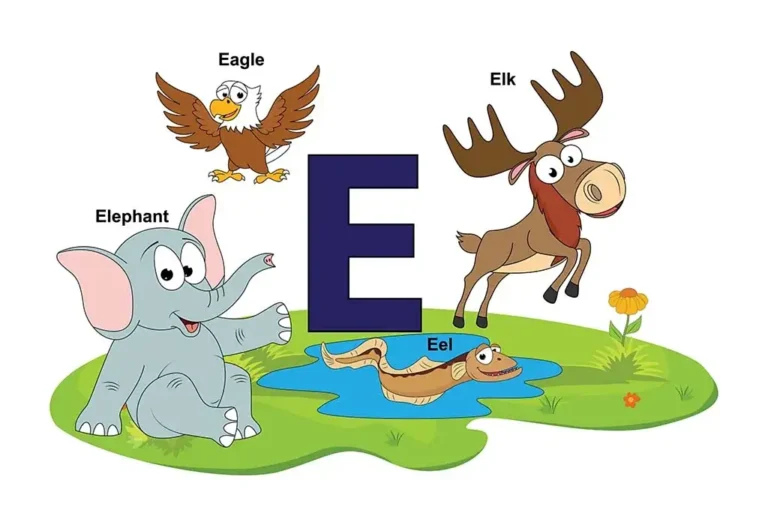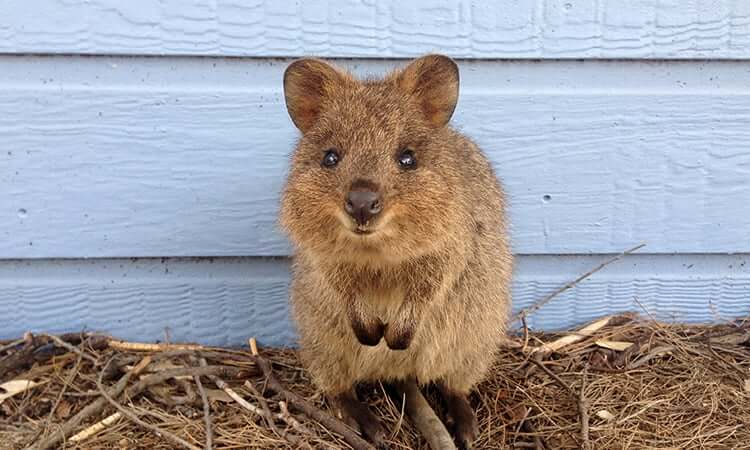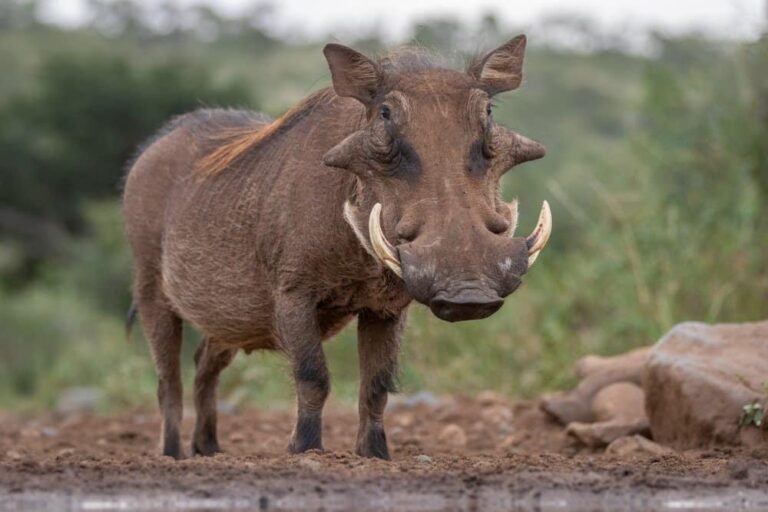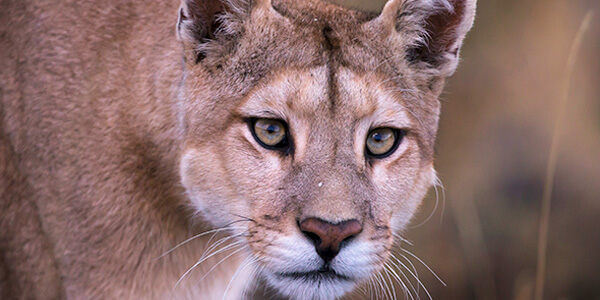Walrus – The Iconic Arctic Giant
The walrus, a symbol of the icy Arctic region, is one of the most distinctive and fascinating marine mammals. With its iconic tusks, whiskers, and robust build, this Arctic giant has adapted to some of the most extreme conditions on Earth. This article delve into the walrus’s scientific classification, physical characteristics, habitat, behavior, diet, reproduction, predators, and conservation status. We will also explore its evolutionary history and relationship with humans and share some interesting facts.
Contents
Scientific Classification
- Kingdom: Animalia
- Phylum: Chordata
- Class: Mammalia
- Order: Carnivora
- Family: Odobenidae
- Genus: Odobenus
- Species: Odobenus rosmarus
There are two recognized subspecies of the walrus:
- Atlantic Walrus (Odobenus rosmarus rosmarus)
- Pacific Walrus (Odobenus rosmarus divergens)
Physical Characteristics

Walruses are massive marine mammals, with males (bulls) typically larger than females (cows). An adult male walrus can weigh between 1,800 to 4,000 pounds (800 to 1,800 kg) and reach lengths of up to 12 feet (3.6 meters). Females are smaller, weighing 900 to 2,700 pounds (400 to 1,200 kg).
Key physical features include:
- Tusks: Both male and female walruses have long ivory tusks and elongated canine teeth. Tusks can grow up to 3 feet (1 meter) in length and are used for various purposes, including hauling themselves out of the water onto ice, social dominance, and defence.
- Whiskers (Vibrissae): Walruses have stiff, sensitive whiskers that help them detect prey on the seafloor.
- Thick Skin and Blubber: Their skin can be up to 4 inches (10 cm) thick, with a layer of fat beneath to insulate them from the cold Arctic waters.
- Colouration: Walruses tend to have a reddish-brown or pinkish hue. Their skin can turn pink when blood vessels expand in warm weather, helping them regulate their body temperature.
Habitat
Walruses are native to the Arctic and sub-Arctic regions, with a distribution that spans the North Atlantic and Pacific Oceans. The Atlantic walrus can be found in parts of Greenland, Norway, and Canada, while the Pacific walrus inhabits areas around Alaska and Russia.
Walruses rely heavily on sea ice for resting, breeding, and giving birth, although they can also be found on land. They are often spotted near shallow waters over continental shelves where they can easily dive to the ocean floor to forage for food.
Behavior
Walruses are social animals, often gathering in large groups called herds, which can number in the thousands. These herds are typically segregated by gender, with males forming their groups during the non-breeding season. Walruses are highly vocal, producing a range of sounds, including barks, roars, and clicks, which are believed to be used for communication and social interaction.
Diet
The walrus diet mainly consists of benthic invertebrates, especially clams, which they suck out of their shells using powerful suction. In addition to clams, walruses consume snails, sea cucumbers, worms, and occasional fish. They use their sensitive whiskers to detect prey buried in the seabed.
While they are generally bottom-feeders, some walruses have been known to prey on seals and small seabirds, particularly when food is scarce.
Reproduction
Walruses are polygynous, meaning males mate with multiple females. The breeding season occurs between January and March. After mating, females experience delayed implantation, which ensures that the calf is born at the most reasonable time—usually between April and June when ice conditions are favourable.
The gestation period lasts about 15 to 16 months. Walrus calves are born weighing around 100 to 165 pounds (45 to 75 kg) and can swim almost immediately. Mothers nurse their calves for about two years, although they may stay with their mothers longer.
Predators
The primary natural predators of walruses are orcas (killer whales) and polar bears. Both predators tend to target calves or weaker adults. However, due to their size, thick skin, and large tusks, adult walruses are formidable opponents, and many predators avoid them unless they are vulnerable.
Conservation Status
Walruses are currently listed as “Vulnerable” by the International Union for Conservation of Nature (IUCN), largely due to the impacts of climate change. The melting of sea ice, which walruses depend on for resting and breeding, poses a significant threat to their habitat.
In addition to climate change, human activities such as oil and gas exploration in the Arctic, shipping routes, and hunting have historically threatened walrus populations. While commercial hunting of walruses is now largely banned, some indigenous communities can hunt them for subsistence.
Interesting Facts
- Walruses can dive to depths of up to 300 feet (90 meters) and stay underwater for about 30 minutes.
- “walrus” is derived from the Dutch word “walvis,” meaning whale.
- Walruses have air sacs in their necks that allow them to float and sleep in the water.
- Their tusks are not only tools but also serve as symbols of status within walrus herds.
Evolutionary History
Walruses belong to the order Carnivora, which includes seals and sea lions, though their closest living relatives are believed to be the earless seals (family Phocidae). The modern walrus (Odobenus rosmarus) is the last remaining member of the family Odobenidae. Fossil evidence suggests ancient walruses diverged from other pinnipeds (seals, sea lions) around 20 million years ago.
Unlike seals and sea lions, walruses have developed highly specialized adaptations to life in the Arctic, including their tusks and thick blubber. Over millions of years, they have evolved to thrive in some of the harshest conditions on the planet.
Relationship with Humans
Walruses have been a vital resource for indigenous peoples of the Arctic for centuries. They have been hunted for their meat, tusks, and blubber, which provided food, tools, and fuel. Today, indigenous communities continue to hunt walruses sustainably as part of their cultural heritage.
However, the relationship between humans and walruses has not always been harmonious. Overhunting by commercial sealers in the 19th and early 20th centuries drastically reduced walrus populations, leading to stricter conservation measures.
Conclusion
The walrus is a remarkable example of Arctic adaptation, with its massive size, tusks, and unique ability to survive in frigid waters. However, this iconic species faces new challenges as climate change accelerates and sea ice retreats. Conservation efforts are essential to protect walruses and their habitat, ensuring that future generations can continue to marvel at these Arctic giants.
- Are Rottweilers Good With Kids? Reasons & Training Tips - 17 September 2025
- How Long Are Dogs Pregnant: Complete Guide - 16 September 2025
- German Shepherd Doberman Mix: Info, Pictures, Care & More - 11 September 2025







